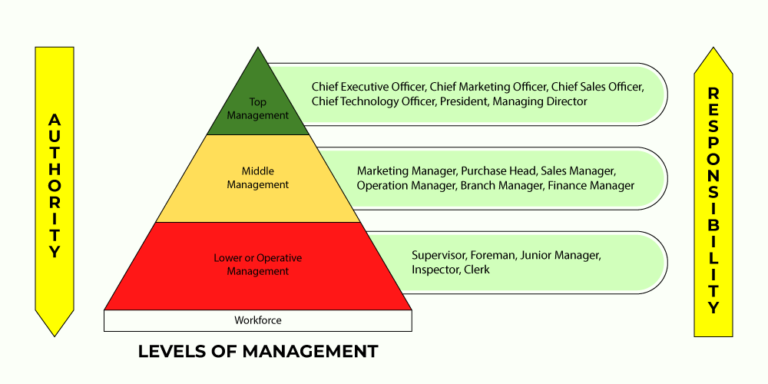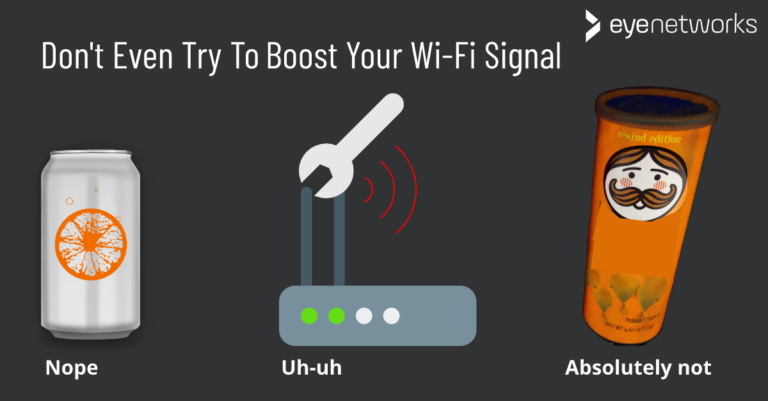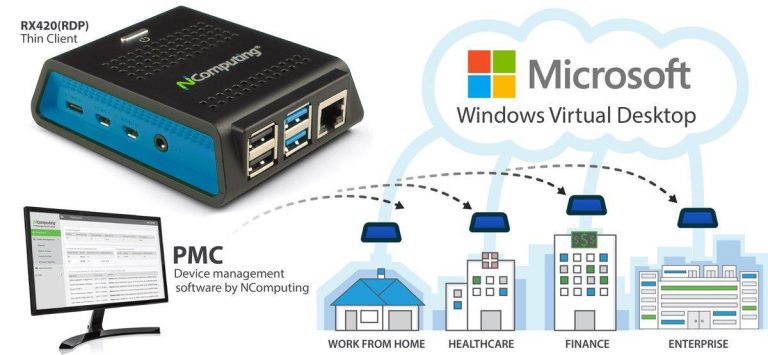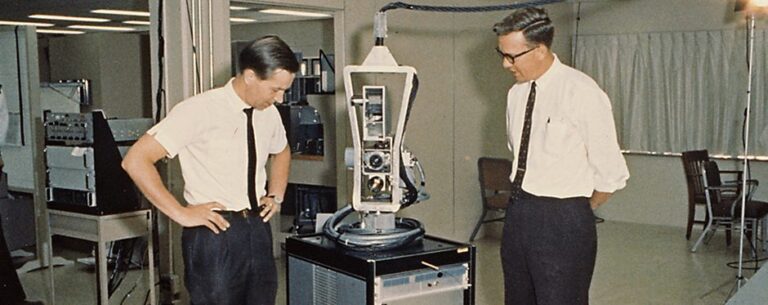Redefining Voice Assistance With GPT
GPT (Generative Pre-trained Transformer) is a revolutionary new technology that has the potential to redefine voice assistance. It is a machine learning algorithm that is trained to generate natural-sounding human language by using large datasets of text. GPT is able to understand complex language and generate more accurate speech and text responses than ever before. With GPT, voice assistance technologies are able to better understand natural language and respond to questions more accurately. This makes it easier for people to use voice assistance for everyday tasks like shopping, scheduling, and more. GPT is already being used in a range of applications from virtual personal assistants to customer service and more. It has the potential to revolutionize how we use voice assistance and further transform the way we interact with technology.
The Need for Redefining Voice Assistance
Voice assistance technology is rapidly evolving and reshaping the way we interact with our devices and services. From Amazon Alexa to Google Assistant, the potential for voice-enabled applications is immense. However, as technology advances, so does the need for redefining voice assistance. Without a proper understanding of how voice-based technology should be used, the potential for misuse and privacy violations increases significantly. We must be mindful of how to use this technology responsibly and ensure that we are providing an optimal experience for users. Additionally, the voice assistant should be designed to understand a variety of voices, accents, and dialects to ensure everyone can access and use the technology. By redefining voice assistance, we can open up an entirely new world of possibilities and create a more accessible, secure, and enjoyable experience for everyone.
GPT: An Overview
GPT (Generative Pre-trained Transformer) is an unsupervised language model that can generate human-like text, based on a deep learning algorithm. GPT can be used to create natural language processing (NLP) models that are able to generate text, parse language, and generate answers. GPT is a powerful tool for content creation, text summarization, and artificial intelligence. By leveraging the power of GPT, organizations can generate content quickly and accurately, without the need for manual labor. GPT can be used to generate text that follows a particular style or format, giving organizations the ability to create unique and engaging content. Additionally, GPT can be used to generate text that is more accurate than manually created content. GPT is a powerful tool for organizations looking to create high-quality content quickly and accurately.
Benefits of GPT in Voice Assistance
GPT, or Generative Pre-trained Transformer, is a revolutionary new natural language processing (NLP) technology that is revolutionizing the way people interact with voice assistants. GPT works by taking an input and then analyzing it to generate a response. It is able to generate natural language responses with minimal effort from the user, providing a more engaging and intelligent user experience. GPT has been found to be more efficient than traditional NLP methods, providing a faster and smoother user experience. Additionally, GPT can take into account user context to provide more accurate and relevant responses. This is especially beneficial for voice assistants, as users can use natural language to ask questions and receive precise answers. Overall, GPT is a powerful tool for voice assistants that can help make them more efficient, natural, and accurate.
Challenges of Incorporating GPT into Voice Assistance
Voice assistance technology has revolutionized the way we interact with our devices, allowing us to quickly and easily access information and services. However, incorporating GPT (generative pre-trained) technology into voice assistance presents a number of challenges. GPT systems are pre-trained with large datasets, so it can take a long time to incorporate new data into the system. Additionally, GPT technology can be difficult to use, as it requires careful tuning of the system parameters to ensure that the output is accurate and useful. Finally, GPT technology can be expensive and difficult to maintain, as it requires constant updates to ensure accuracy. These challenges can make it difficult to implement GPT into voice assistance systems, but with the right resources and knowledge, businesses can take advantage of this powerful technology.
Applications of GPT in Voice Assistance
Voice assistant technology has become increasingly popular in recent years, and GPT (Generative Pre-trained Transformer) has been a major contributor to its success. GPT is a deep learning architecture that is used to generate natural language from text, audio, and other inputs. GPT has enabled voice assistants to understand and respond to commands in a more natural and intuitive way. It has been used to improve the accuracy of speech recognition and to generate increasingly natural sounding responses. Additionally, GPT has been applied to create more personalized experiences with voice assistants, as it can learn from user data to create more relevant and intelligent conversations. In summary, GPT has been instrumental in the development of voice assistants, and its potential applications continue to expand.
Conclusion
The conclusion of a blog post is the final say on the topic. It’s a summary of the main points and a reminder of why the topic is important. It’s also the final chance to leave the reader with something to think about. For example, a blogger might suggest a future blog post they plan to write or a call to action to take part in the conversation. In conclusion, the blog post is an opportunity to start a dialogue about the subject and help spread knowledge and understanding.
FAQs About the Redefining Voice Assistance With GPT
1. What is GPT and how does it redefine voice assistance?
GPT stands for Generative Pre-trained Transformer, and it is a type of artificial intelligence (AI) that uses natural language processing (NLP) to generate human-like responses to questions. GPT enables voice assistants to better understand and respond to user queries and commands, providing more natural and accurate results.
2. What advantages does GPT provide over existing voice assistance technologies?
GPT offers more natural and accurate results than existing voice assistance technologies due to its ability to better understand user queries and commands. Additionally, GPT is able to generate human-like responses, allowing for a more conversational experience.
3. Are there any risks of using GPT for voice assistance?
GPT can be susceptible to bias due to its use of natural language processing (NLP). In order to prevent bias from occurring, it is important to ensure that the data used to train GPT is accurate and diverse. Additionally, GPT can be vulnerable to malicious attacks, so it is important to ensure that proper security measures are in place.
Conclusion
The advent of GPT (Generative Pre-trained Transformer) has revolutionized the field of voice assistance. GPT is a powerful artificial intelligence (AI) technology that is capable of learning from data and creating new content. GPT has enabled voice assistance to become more intelligent and helpful, allowing users to interact with their devices in more natural ways. GPT has opened up new possibilities for voice assistance, allowing users to access a wider range of services and information. GPT has the potential to redefine voice assistance and create a more convenient and personalized user experience.



